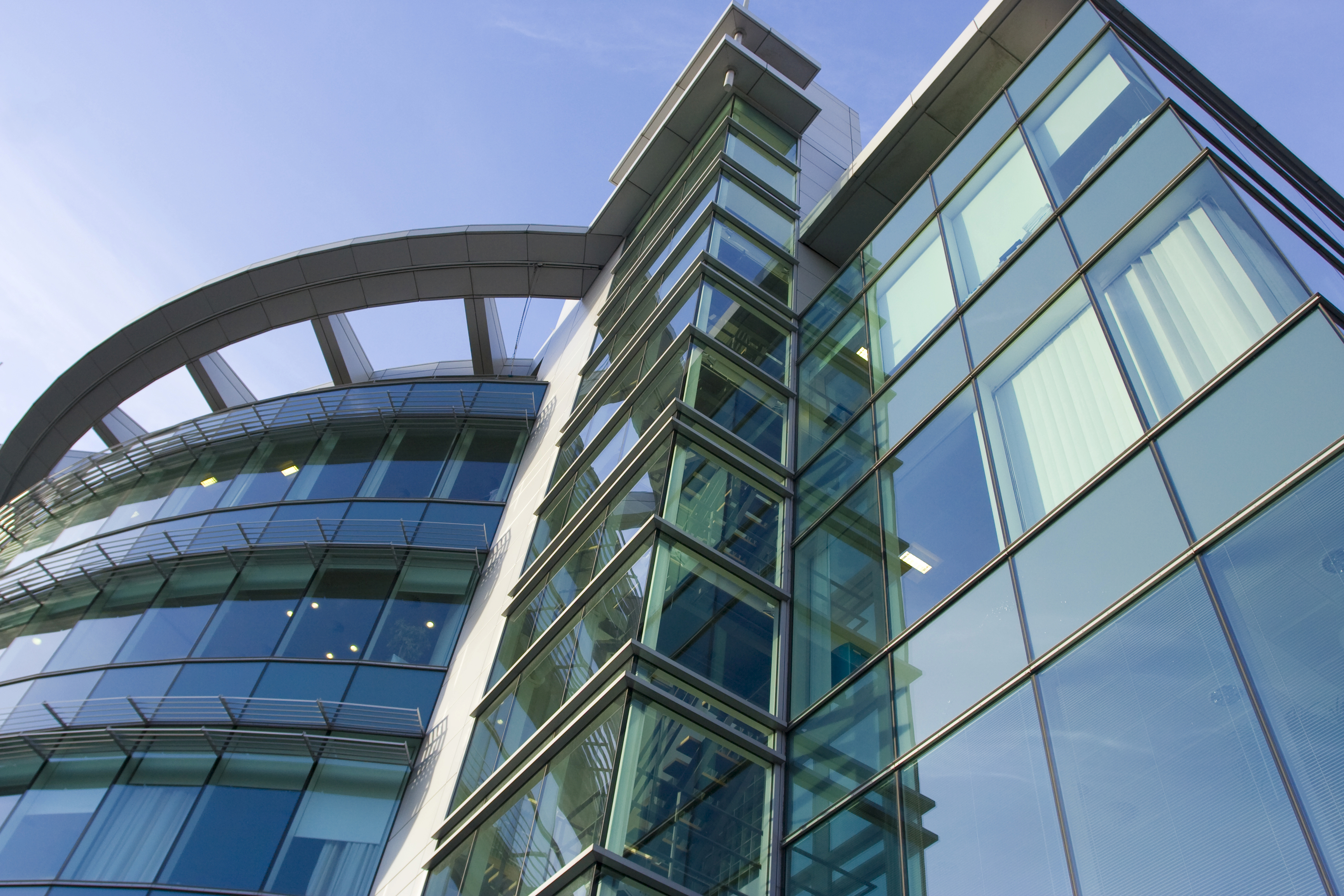18.03.2019
4 Humidity Control Methods Used in Modern Building Designs
Today’s new building projects offer technical breakthroughs that are light years ahead of older structures. From homes to family-run businesses and sprawling industrial plants, there’s a lot of change in the air. However, the cleanliness and treatment of that air is anything but forgotten. Today, let’s go over some proper humidity control methods to paint a clearer picture of how much work goes into current building projects.
Energy-Efficient Windows and Doors
Eco-friendliness isn’t merely about reducing your carbon footprint and saving on energy bills – it can also be used to make environments more comfortable and well-insulated through higher-quality design elements. This is where modern doors and windows come in handy. Engineered to be thicker, stronger and better-insulated, they can make a tremendous difference in a building’s humidity control.
Modern Insulation
That old wartime-era house down street likely has lower-quality insulation compared to the latest building projects underway today. That’s because standards have changed in tandem with the climate, meaning new innovations and breakthroughs are necessary to maximize indoor environmental control. Modern insulation is not only more efficient compared to materials of yesteryear, but fewer compounds are introduced to the air to ensure improved health and safety. New technologies and design elements allow today’s insulation to provide a stronger airtight seal, which can better protect against drafts and leaks.
Optimized Ventilation
The way the air flows through any building plays a critical role in its ability to maintain control over the relative humidity. Every room needs to be consistently and efficiently ventilated to ensure there are no “dead zones” where that sufficiently hydrated air can’t reach. Otherwise, some areas may be uninhabitable due to health risks, discomfort, electrostatic discharges potentially damaging equipment, and other issues. Therefore, optimized ventilation plays a significant role in determining the shape, layout and composition of modern structures.
High-Efficiency Humidification Solutions
From evaporative humidifiers capable of supporting massive data centers to smaller commercial humidifiers to keep employees comfortable in office applications, maintaining relative humidity with a high-efficiency humidification is a crucial component of any successful building design. These are larger initial investments, but the long-term gains deliver incredible overall value for you, your employees, and your equipment.
Proper humidity control influences everything from occupant health, wellness, comfort, and safety. It directly influences whether you have reliable equipment and high-performing workers. For more information on relative humidity, modern humidity control methods or our products in general, reach out to us at Condair today.
Similar Links:


